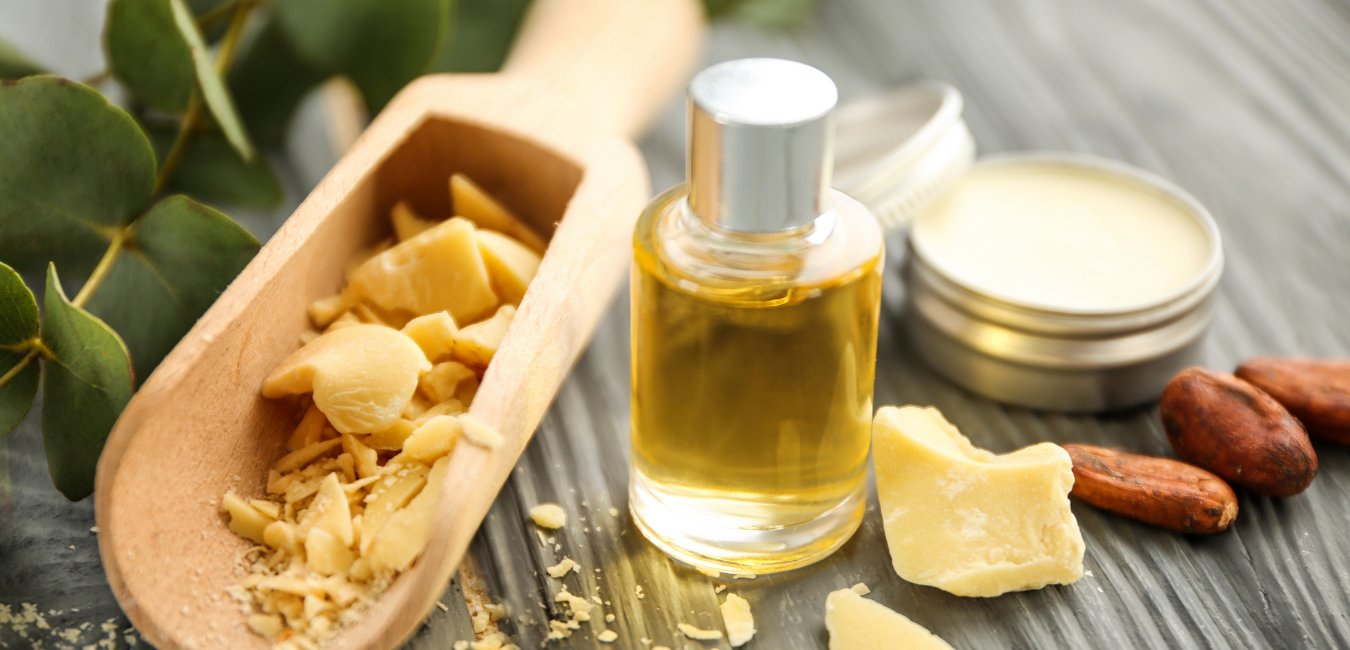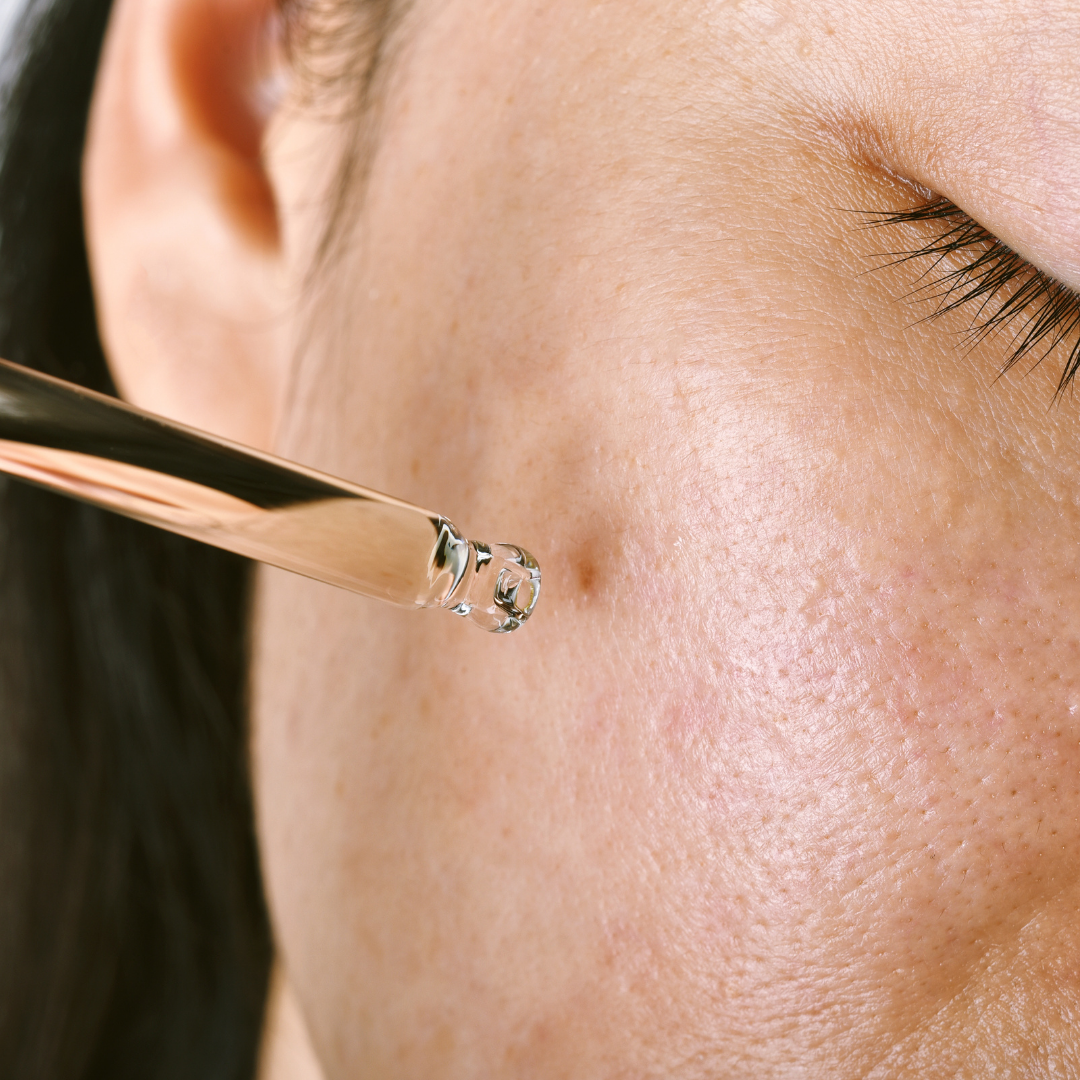The copaiba is a tree native to Brazil in the Amazon regions. Copaiba balsam oil is extracted from the tree trunk and is used for medicinal purposes in the cosmetic and pharmaceutical industries, functioning as antibiotic, anti-inflammatory and healing agents.
The extraction of this oil is done by drilling the trunk of the copaiba. The process, however, must be done properly so as not to harm the life of the tree. When the trunk is drilled, the oil begins to drip through the hole and is collected in a container. After collection, the hole should be sealed (preferably with clay) so that there are no infections and insect attacks. When recovered, the seal is removed for a new crop of Copaiba oil.
Copaiba oil has been nicknamed the “balm of the Amazon” because of its qualities. It is composed of 72% sesquiterpenes (hydrocarbons) and 28% diterpenes (carboxylic acids), but this composition may vary according to the type of copaiba, tree age and soil, among other factors.
The main sesquiterpenes found in oil-resin are responsible for anti-inflammatory, antifungal and antiedemic action, and with analgesic action, among many other compounds. Moreover, these substances are responsible for the aroma of copaiba oil and its antiviral and antiulcer properties. Diterpenes in copaiba oil are responsible for most of its therapeutic properties. These include copaiferic acid, copalic acid, calavenic acid and colavenol.
In the skin, it can help in the elimination and reduction of scars, cellulite and stretch marks. If applied in areas with marks and stains, Copaiba oil aids in bleaching when mixed with other vegetable oils, such as rosehip. It is an emollient oil, assisting in the hydration and softness of the skin, as well as regenerating collagen, improving the elasticity of the skin and leaving it looking young and firm.
In hair, it also has benefits, which is why copaiba oil is used by the cosmetic industry in the manufacture of shampoos and moisturizing creams. It balances greasiness, treats mycoses, dandruff and seborrhea of the scalp. Protects dyed hair and leaves the hair shiny and soft.
In addition to being a component used in the formulation of shampoos, it is widely used as a perfume fixative. The oil also serves as an ingredient for making soaps.

Serum Recipe Against Skin Blemishes:
Rosehip oil – 1oz
Copaiba balsam oil – 1oz
Lavender Essential oil – 5 drops
How to use: In a container with a lid, mix all ingredients.
Apply to the stained area every night before bed. The next morning, wash your skin thoroughly and do not forget to use sunscreen, even on cloudy days.
If you have oily skin, avoid using your moisturizer on the days you use the serum.
Other Indications of Copaiba Balsam Oil:
• Aged Skin: Add 20 drops of Copaiba Balsam Oil in 3oz of face cream.
• Acne and Pimples: Add 2 drops of Copaiba balsam oil to a cotton swab. Apply on the area.
• Skin Cleansing: Make a vaporizer using 5 drops of Copaiba balsam oil in one liter of boiling water. Close your eyes and let the steam get to your face. Do it for 5 minutes. To close the pores, rinse the face with cold water.
• Opaque hair: Dilute 30 drops of Copaiba balsam oil in 2oz of argan oil. Apply from the scalp to the ends. Wrap with a warm towel and leave for 30 min. Then rinse with mild shampoo.
• Oily skin: Mix Mix a little water with the clay until it forms a paste, then add 5 drops of Copaiba balsam oil. Apply on face and leave for 20 min. Rinse.


